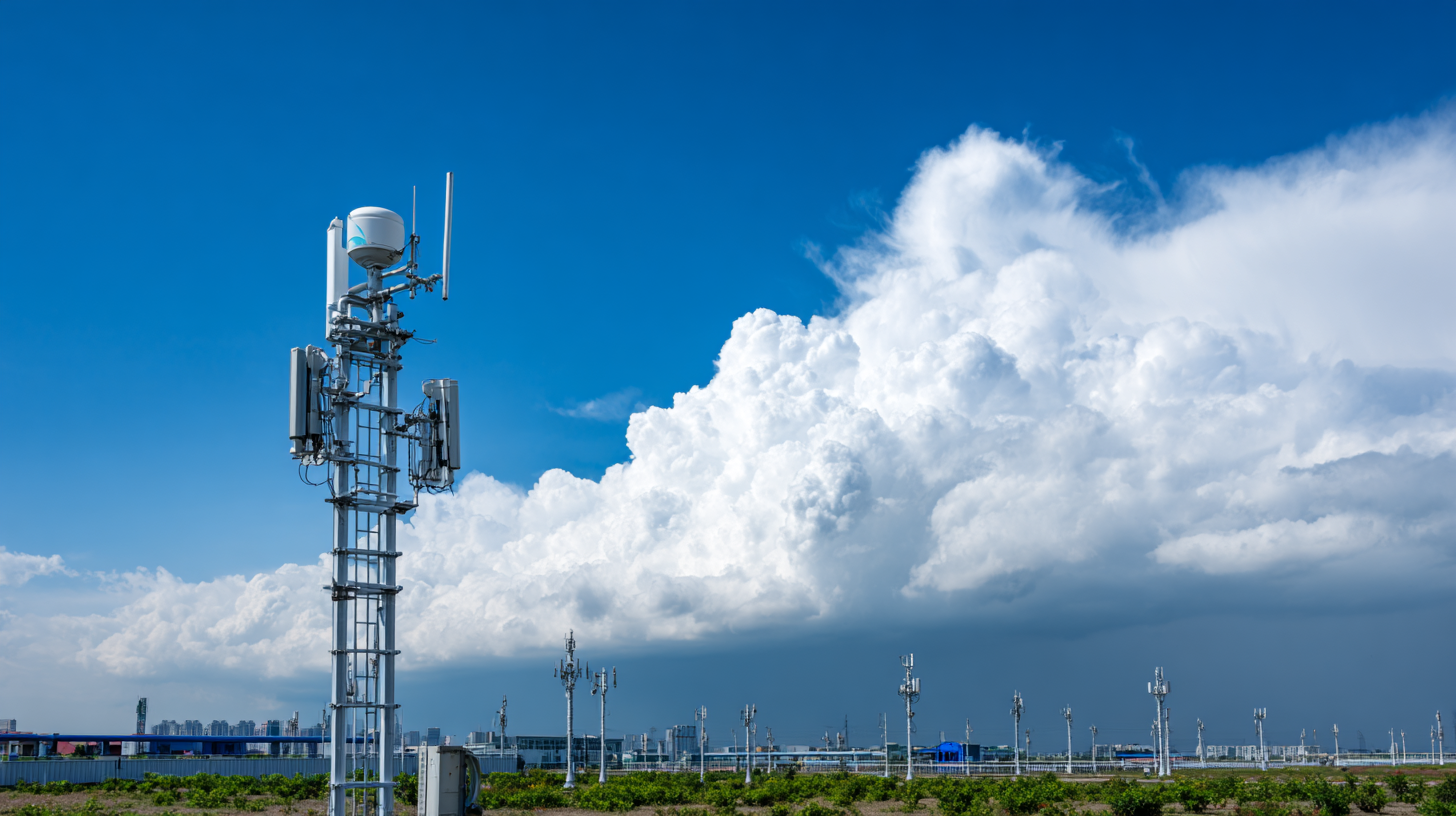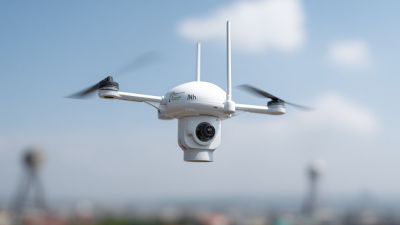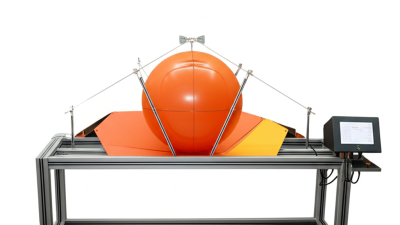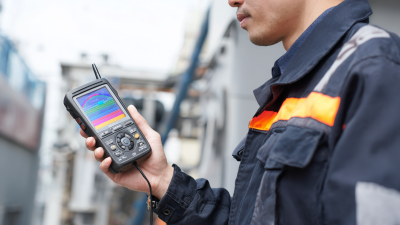
-
Home
-
Product Center
-
Application
-
Support
-
JT Cloud
-
About Us
-
Contact Us
Leave Your Message

In the realm of meteorological research and environmental monitoring, precise wind measurement is paramount for a variety of applications, from renewable energy to climate studies. A Multi-Channel Anemometer emerges as an indispensable tool in this context, offering a sophisticated means to capture wind velocity and direction with exceptional accuracy. According to the National Renewable Energy Laboratory, wind energy generation capacity has grown rapidly, necessitating enhanced measurement techniques to optimize turbine placements and improve energy efficiency. As wind speeds can vary significantly across microclimates, traditional anemometers may fall short, highlighting the need for advanced instruments.

Recent industry reports indicate that the demand for accurate wind data is projected to increase significantly, aligning with global initiatives for sustainable energy solutions. The Multi-Channel Anemometer provides real-time data across multiple channels, enabling comprehensive analysis of wind patterns that are crucial for predictive modeling and operational decision-making. By integrating advanced sensor technology and data analytics, this device not only enhances the reliability of wind assessments but also supports rigorous scientific studies where precision is critical. As we move towards 2025 and beyond, investing in Multi-Channel Anemometers will be essential for stakeholders aiming to navigate the complexities of wind measurement and analysis in an ever-evolving environmental landscape.
Accurate wind measurement plays a crucial role across various industries, significantly influencing their operations and decision-making processes. In the renewable energy sector, for instance, precise wind data is essential for optimizing the placement and performance of wind turbines. According to the Global Wind Energy Council's 2023 report, a mere 1% improvement in wind measurement accuracy can lead to a 5-10% increase in energy output. This demonstrates how vital it is to deploy effective tools, such as multi-channel anemometers, to capture reliable data.
In agriculture, wind measurement is equally important for the efficient application of pesticides and fertilizers. Studies from the International Society for Wind Engineering indicate that up to 30% of agricultural chemicals can be lost due to wind drift, underscoring the need for accurate wind readings to minimize wastage and environmental impact. The construction industry also relies on precise wind data for safety assessments during projects, particularly in high-risk areas where wind speeds can affect crane operations and structural stability. As industries continue to confront challenges associated with climate variability, investing in advanced wind measurement technologies becomes increasingly critical for ensuring safety, sustainability, and efficiency.

Multi-channel anemometers are cutting-edge devices that offer superior advantages for wind measurement and data analysis. One of the key features of these instruments is their ability to measure wind speed and direction across multiple channels simultaneously. This capability allows for a comprehensive analysis of wind patterns, critical in various applications such as meteorology, environmental studies, and renewable energy assessments. By capturing data from several points at once, users can gain a more intricate understanding of the wind behavior in a specific area.
Additionally, multi-channel anemometers often come equipped with advanced data logging and connectivity options. Many models feature integrated wireless communication, which facilitates real-time data transfer to cloud-based systems or proprietary software for immediate analysis. This instantaneous feedback is crucial for making timely decisions in fields like aviation and construction. Furthermore, these anemometers typically include sophisticated calibration options, ensuring accuracy and reliability in diverse environmental conditions. Collectively, these features make multi-channel anemometers indispensable tools for professionals requiring high-quality wind data for informed decision-making and strategic planning.
The choice between multi-channel and single-channel anemometers significantly impacts the accuracy and reliability of wind measurements. Single-channel anemometers measure wind speed and direction from just one point, providing limited data that may not adequately represent the wind field, especially in turbulent or variable environments. This can lead to skewed analyses, particularly in complex terrain or urban settings where wind patterns fluctuate dramatically.

In contrast, multi-channel anemometers offer a comprehensive data collection approach by measuring multiple wind vectors simultaneously. This enables a more nuanced understanding of wind behavior, capturing variations in speed and direction across different channels. Such systems enhance the accuracy of data analysis, making them invaluable for applications requiring high precision, such as meteorological research, renewable energy assessments, and environmental monitoring. By leveraging multi-channel technology, users can gain insights into complex wind patterns, facilitating better decision-making based on reliable data.
Multi-channel anemometers have become indispensable tools in both research and technological applications due to their ability to provide comprehensive data on wind characteristics. In meteorology, these instruments are crucial for understanding complex wind patterns, particularly in areas such as urban environments or coastal regions where airflow can be erratic. Researchers utilize multi-channel anemometers to gather data that helps predict weather phenomena, model climate changes, and study microclimates. The multi-channel capability allows for simultaneous measurements at different heights and locations, enhancing accuracy and depth of analysis.
In engineering and renewable energy sectors, multi-channel anemometers serve a vital role in assessing wind resources for wind turbine placement and design. By collecting detailed wind profile data, engineers can optimize turbine performance and ensure that they are installed in locations with consistent wind patterns. Additionally, in the field of aerodynamics, these tools aid in the testing of vehicle designs in wind tunnels by providing real-time data on airflow interactions. Such applications underscore the importance of multi-channel anemometers in facilitating advancements in technology and enhancing our understanding of environmental dynamics.
When it comes to field measurements of wind, employing multi-channel anemometers is paramount for achieving precise data collection. These sophisticated devices allow for simultaneous measurement of wind speed and direction across multiple channels, significantly enhancing data resolution. According to a study published by the American Meteorological Society, using multi-channel systems can reduce errors in wind measurement by up to 30% when compared to traditional single-channel devices. This accuracy is crucial for applications ranging from meteorological research to assessing environmental impact in wind farm planning.
To maximize the effectiveness of multi-channel anemometers, practitioners should adhere to several best practices during field measurements. First, the installation height and placement of the anemometer are critical; they should be positioned to avoid obstructions and turbulence, ensuring true wind data representation. Additionally, conducting calibrations regularly ensures consistency and reliability of the measurements. A report by the World Meteorological Organization emphasizes the importance of routine maintenance, recommending checks every six months to prevent sensor drift, which can lead to misleading data interpretations. By following these guidelines, professionals can leverage multi-channel anemometers to achieve high-quality wind measurement and analysis, ultimately leading to better decision-making based on reliable data.





